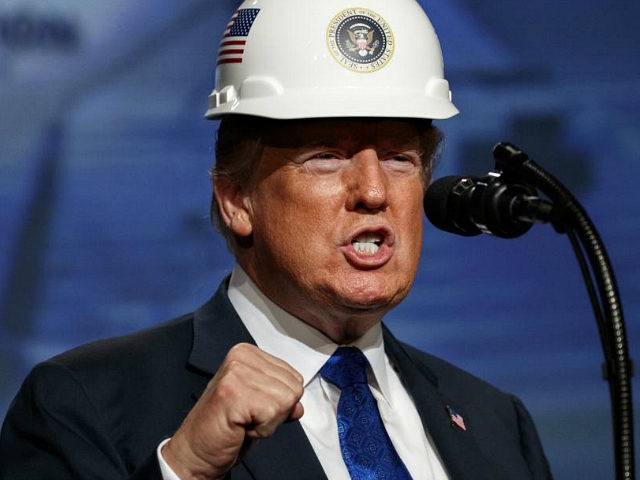Manufacturing appears to have regained its foothold in May, unshaken by rising trade tensions between China and the U.S.
Results from the Philadelphia Fed’s May Manufacturing Business Outlook Survey suggest the region’s manufacturing sector continued to grow. The survey’s indexes for general activity, shipments, and employment increased from their April levels.
The survey’s overall score rose to 16.6 from 8.5. Economists had forecast a more modest improvement to 9.3. The top of the range of forecasts in Econoday’s survey was 11.
The Philadelphia Fed survey has been shown to be one of the most reliable predictors of economic growth. May’s better-than-expected result suggests the economy accelerated, defying predictions of a second-quarter slowdown.
The survey period overlapped with the announcement that the U.S. would raise tariffs on $200 billion of Chinese goods. That announcement, however, does not seem to have disrupted manufacturing activity.
The New York Fed said on Wednesday that the results of its survey showed improving business conditions, topping economist expectations. Both surveys provide an upbeat view that runs counter to the worse-than-expected data on retail sales and industrial production released Wednesday. They suggest that the economy b0unced back after stumbling in April.
Price pressures remain moderate and indicate no strain from tariffs. The prices paid by manufacturers rose a bit for the month remained well below readings over the past two and a half years. The index of prices received by manufacturers fell to its lowest reading in 17 months.
The survey’s “special question” this month was about prices. Manufacturers were asked to forecast the changes in the prices of their own products and for U.S. consumers over the next four quarters. The firms’ median forecast for their own prices was for an increase of 2.8 percent, about the same as when the question was last asked in February. The median forecast for overall inflation was 2.5 percent, unchanged from the previous quarter.
Manufacturers said they expect wages to rise 3.0 percent, faster than prices. This is a reminder that businesses do not expect to be able to pass on all of their increased costs to consumer prices, an issue that is hotly debated when it comes to the question of whether tariffs will be passed through to U.S. consumers.
Manufacturers are still a bit wary about the near-term future. The Philadelphia Fed describes the outlook as “cautiously optimistic.” Note, however, that the six-month outlook in the survey appears to be a lagging indicator, sinking when current conditions have been declining and rising when current conditions are on the upswing.

COMMENTS
Please let us know if you're having issues with commenting.